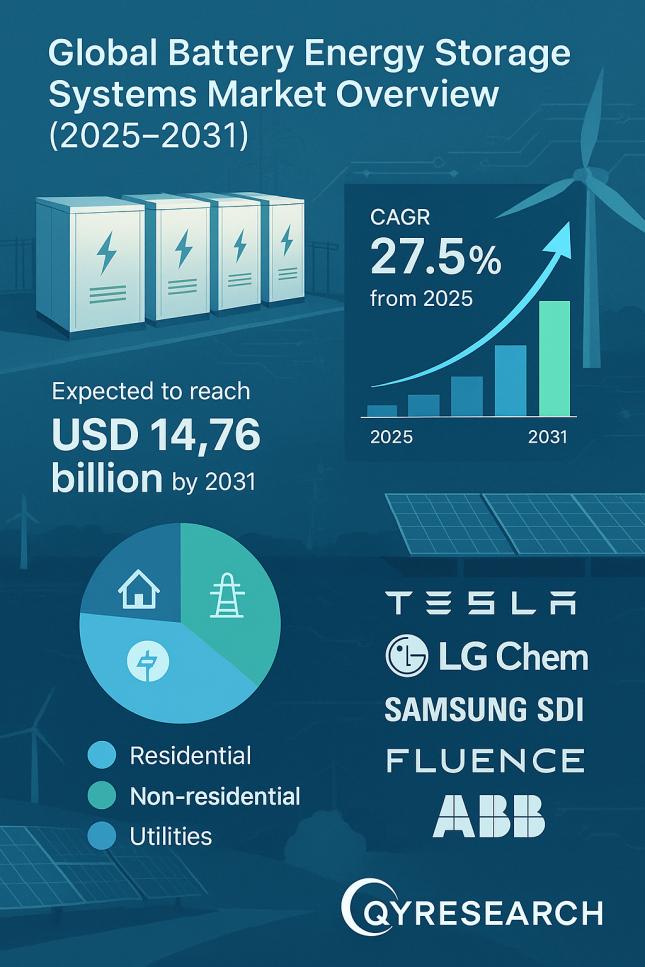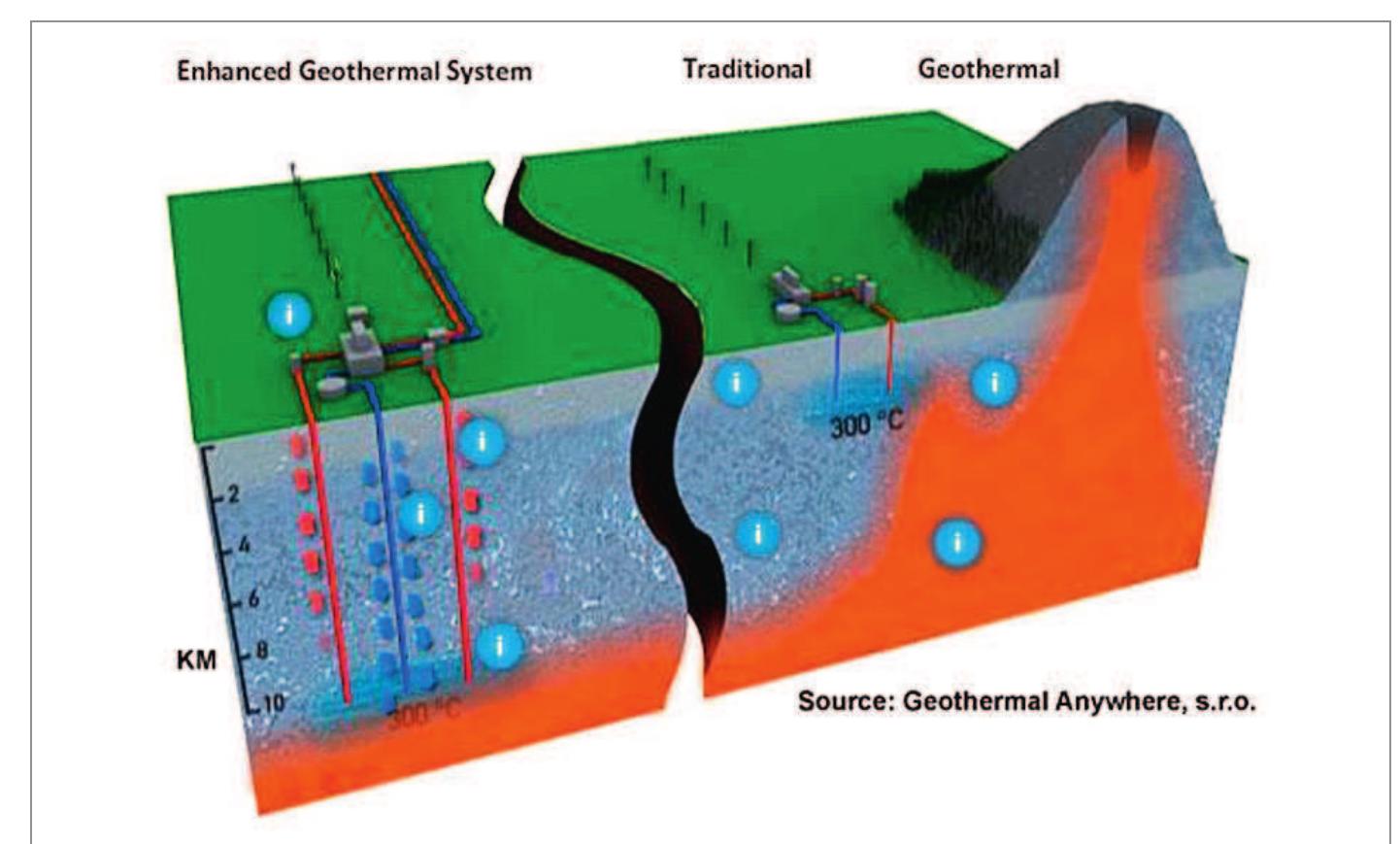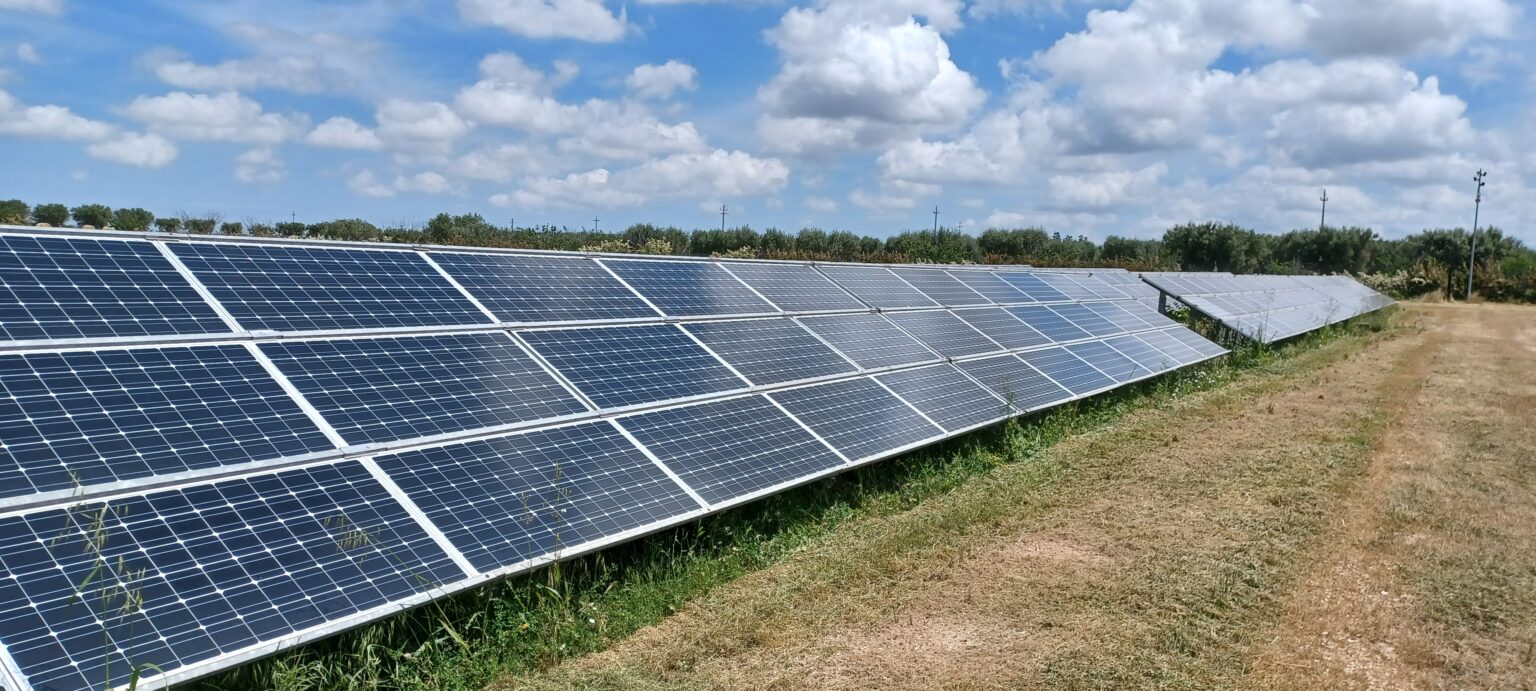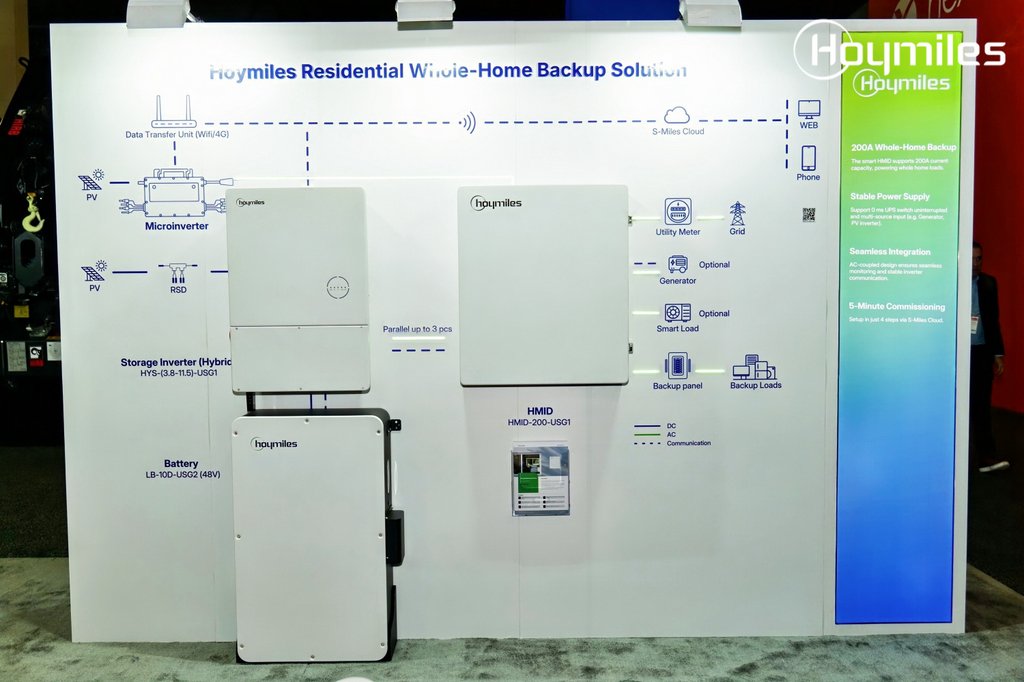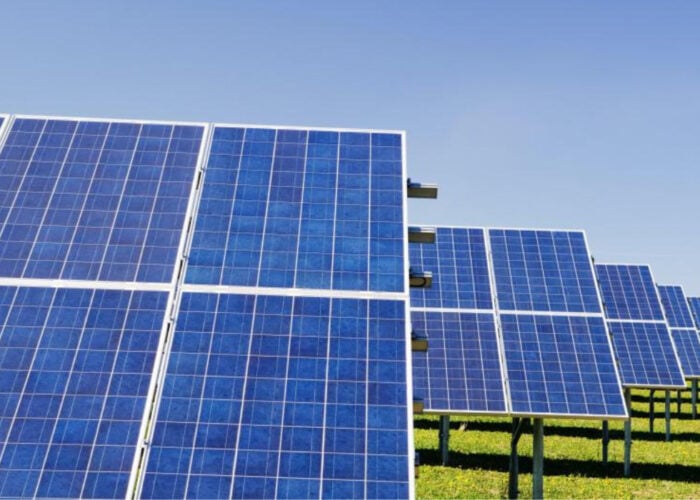Report on the Global Wind Turbine Casting Market and its Alignment with Sustainable Development Goals
The Global Wind Turbine Casting Market is integral to the worldwide transition towards sustainable energy, directly supporting the achievement of the United Nations Sustainable Development Goals (SDGs), particularly SDG 7 (Affordable and Clean Energy) and SDG 13 (Climate Action). The market is projected to expand from USD 2.3 billion in 2024 to USD 4.9 billion by 2034, with a Compound Annual Growth Rate (CAGR) of 7.8%. This growth reflects a global commitment to building resilient infrastructure (SDG 9) and fostering economic growth (SDG 8) through renewable energy investments. The Asia-Pacific region currently leads this expansion, holding a 38.7% market share, driven by significant investments in wind power.
Wind turbine casting is the manufacturing process for creating large, high-strength metal components essential for wind turbine functionality, such as hubs, main shafts, and gearbox housings. The precision and durability of these cast parts are critical for ensuring the operational safety and efficiency of wind turbines, which function under immense mechanical stress and variable environmental conditions. The market’s expansion is a direct enabler of the global shift away from fossil fuels, with financial mechanisms like the €17 million Bpifrance grant for wind projects underscoring the public-private partnerships advancing SDG 7.
Executive Summary: Key Findings
- Market Trajectory: The market is forecast to reach USD 4.9 billion by 2034, growing at a 7.8% CAGR, underscoring the sustained investment in infrastructure for SDG 7.
- Dominant Turbine Type: Horizontal axis turbines constitute 87.3% of the market, reflecting their high efficiency in large-scale energy generation aligned with SDG 7.
- Primary Material: Ductile iron is the preferred material with a 44.8% share, chosen for its durability and strength, which contributes to the long-term resilience of clean energy infrastructure (SDG 9).
- Leading Manufacturing Process: Sand casting accounts for 62.5% of the market, indicating a focus on cost-effective and scalable production methods that support SDG 12 (Responsible Consumption and Production).
- Primary End-Use: On-shore applications represent 72.9% of the market, highlighting the foundational role of land-based wind farms in the global energy transition.
- Prevalent Turbine Size: Medium-sized turbines (10–19 MW) hold a 56.1% market share, demonstrating a balanced approach to scaling renewable energy capacity.
- Regional Leadership: The Asia-Pacific region leads with a market value of USD 0.8 billion in 2024, signaling its pivotal role in advancing global climate and energy goals.
Market Segmentation Analysis
Analysis by Turbine Type
Horizontal axis wind turbines (HAWTs) dominated the market in 2024 with an 87.3% share. This preference is due to their superior aerodynamic efficiency and suitability for large-scale power generation, which is essential for meeting the ambitious targets of SDG 7. The demand for large, high-strength cast components for HAWTs positions the casting industry as a critical enabler of utility-scale renewable energy projects that contribute to SDG 9 (Industry, Innovation, and Infrastructure).
Analysis by Material
In 2024, ductile iron was the leading material segment, capturing 44.8% of the market. Its selection is based on its high tensile strength, durability, and cost-effectiveness, making it an ideal material for components that must withstand significant operational stress. The use of such robust materials aligns with SDG 9 by ensuring the development of reliable and resilient clean energy infrastructure and supports SDG 12 by promoting durable products that minimize waste and replacement frequency.
Analysis by Manufacturing Process
Sand casting was the predominant manufacturing process in 2024, accounting for a 62.5% market share. Its versatility, cost-efficiency, and ability to produce large, complex components make it highly suitable for the wind industry. This reliance on a proven and scalable method facilitates the mass production required to expand wind energy capacity globally, thereby supporting the principles of SDG 12 (Responsible Consumption and Production) through efficient manufacturing.
Analysis by End-Use
On-shore wind turbines constituted the largest end-use segment with a 72.9% share in 2024. The lower installation costs and logistical simplicity of on-shore projects have made them the primary driver of wind energy expansion. This focus directly contributes to making clean energy more accessible and affordable (SDG 7) for communities worldwide and building sustainable infrastructure on land (SDG 11).
Analysis by Turbine Size
Medium-sized turbines (10–19 MW) held the largest market share at 56.1% in 2024. This segment represents an optimal balance between power output, land use, and cost, making it a popular choice for developers. The industry’s focus on this size category reflects a strategic approach to scaling up renewable energy generation in a manner that is both economically viable and impactful for achieving SDG 7.
Market Dynamics
Driving Factor: Global Transition to Renewable Energy
The primary driver for the wind turbine casting market is the global imperative to transition to clean energy sources to combat climate change, in line with SDG 13 (Climate Action). National and international commitments to reduce carbon emissions have accelerated the deployment of wind farms. This policy-driven expansion creates sustained demand for the high-quality cast components that form the backbone of wind turbines, thereby advancing SDG 7 (Affordable and Clean Energy).
Restraining Factor: High Production Costs
Significant production costs associated with manufacturing large-scale, high-precision castings pose a market restraint. The process is capital- and energy-intensive, requiring specialized materials and skilled labor. These high costs can present a barrier to entry and slow the pace of deployment, potentially hindering the rapid and equitable achievement of SDG 7, especially in developing economies.
Growth Opportunity: Expansion of Offshore Wind Projects
The increasing development of offshore wind farms presents a major growth opportunity. Offshore installations can harness stronger, more consistent winds, leading to higher energy yields. This expansion requires larger, more robust, and corrosion-resistant castings, driving innovation in materials and manufacturing processes. This trend not only accelerates progress toward SDG 7 but also necessitates responsible development practices to protect marine ecosystems, aligning with SDG 14 (Life Below Water).
Latest Trend: Adoption of Advanced Alloys
A key trend is the use of advanced, high-performance alloys to manufacture lighter yet stronger cast components. This innovation supports the development of larger and more efficient turbines, particularly for offshore applications. This trend is a clear example of SDG 9 (Industry, Innovation, and Infrastructure) in action, as it enhances the durability and efficiency of clean energy technology. Furthermore, it aligns with SDG 12 by improving resource efficiency and extending the operational lifespan of turbines.
Regional Market Analysis
In 2024, the Asia-Pacific region dominated the global market with a 38.7% share, valued at USD 0.8 billion. This leadership is attributed to aggressive government policies and substantial investments in wind energy infrastructure to meet regional energy demands and climate targets. This regional growth is a significant contribution to the global pursuit of SDG 7 and SDG 13. North America and Europe are also key markets, driven by strong renewable energy mandates and technological advancements in offshore wind. Emerging markets in Latin America and the Middle East & Africa are gradually increasing their wind capacity, contributing to a more distributed and resilient global clean energy system.
Key Regions and Countries
- North America
- Europe
- Germany
- France
- The UK
- Spain
- Italy
- Rest of Europe
- Asia Pacific
- China
- Japan
- South Korea
- India
- Australia
- Rest of APAC
- Latin America
- Brazil
- Mexico
- Rest of Latin America
- Middle East & Africa
- GCC
- South Africa
- Rest of MEA
Competitive Landscape and Key Player Analysis
The competitive landscape is characterized by companies investing in technology and capacity to support the scaling of renewable energy. These efforts directly contribute to building the industrial base required for SDG 9.
Key Player Contributions to SDGs
- DHI DCW Group Co., Ltd.: Focuses on high-capacity facilities for large-scale castings, directly enabling the construction of utility-scale wind projects essential for SDG 7.
- Dongfang Electric: Utilizes vertical integration to streamline the supply chain, enhancing production efficiency in line with the principles of SDG 12.
- Doosan Heavy Industries: Invests in digital simulation and automation, driving innovation (SDG 9) to improve the quality and consistency of components for resilient energy infrastructure.
- Elyria Foundry Company, LLC: Specializes in custom ductile iron alloys, providing tailored solutions that enhance turbine performance and durability, contributing to more effective and sustainable energy systems (SDG 7 and SDG 9).
Top Key Players in the Market
- DHI DCW Group Co., Ltd.
- Dongfang Electric
- Doosan Heavy Industries
- Elyria Foundry Company, LLC
- Enercon
- GE Renewable Energy
- Hyundai Heavy Industries
- Riyue Heavy Industry Corporation Ltd.
- SAKANA Group
- SEFORGE
- Siemens Gamesa
- Suzlon
- Vestas
Recent Industry Developments
- January 2025: GE Vernova’s USD 90 million investment to expand its New York facility will increase onshore wind turbine production capacity. This development supports domestic manufacturing, creates local jobs (SDG 8), and strengthens the resilient infrastructure needed for a clean energy transition (SDG 9).
- September 2024: Siemens Gamesa resumed sales of its 4.X onshore turbine series after addressing component defects. This action highlights the industry’s commitment to quality and safety, which is crucial for maintaining public trust and ensuring the long-term viability of renewable energy infrastructure (SDG 9).
SDG Analysis of the Wind Turbine Casting Market
1. Which SDGs are addressed or connected to the issues highlighted in the article?
- SDG 7: Affordable and Clean Energy – The article’s central theme is the growth of the wind energy sector, a key source of clean and renewable energy.
- SDG 8: Decent Work and Economic Growth – The report details significant market growth, investments, and job creation within the wind turbine manufacturing industry.
- SDG 9: Industry, Innovation, and Infrastructure – The text discusses the manufacturing processes, technological advancements in materials and casting, and the development of energy infrastructure (wind farms).
- SDG 13: Climate Action – The primary driver for the market’s growth is the global effort to reduce carbon emissions and combat climate change by shifting to renewable energy sources like wind power.
2. What specific targets under those SDGs can be identified based on the article’s content?
- Target 7.2: Increase substantially the share of renewable energy in the global energy mix.
- The article highlights the “global push for cleaner energy” and the expansion of wind power as a preferred choice to reduce reliance on fossil fuels. The projected market growth from USD 2.3 billion to USD 4.9 billion by 2034 directly reflects an increasing installation of wind turbines, thus expanding the share of renewable energy.
- Target 7.a: Enhance international cooperation to facilitate access to clean energy research and technology… and promote investment in energy infrastructure and clean energy technology.
- The article mentions multiple instances of investment to support energy infrastructure, such as the EU allocating “€1.25 billion in grants to strengthen energy infrastructure” and Bpifrance providing “€17 million to Wysenergy for a 9-MW wind project.” This demonstrates financial flows supporting clean energy technology and infrastructure.
- Target 8.2: Achieve higher levels of economic productivity through diversification, technological upgrading and innovation.
- The report points to innovation as a key factor, stating that “manufacturers who adopt automation, digital casting simulations, and advanced molding technologies are likely to gain a competitive edge.” The trend of using “advanced alloys to produce stronger, lighter, and more durable components” also signifies technological upgrading to improve productivity and efficiency.
- Target 9.4: Upgrade infrastructure and retrofit industries to make them sustainable… with greater adoption of clean and environmentally sound technologies and industrial processes.
- The article discusses the wind energy sector, which is a “clean and environmentally sound” industry. It also mentions that “repowering older wind farms with modern turbines creates a steady aftermarket demand,” which is a direct example of upgrading infrastructure to be more efficient and sustainable.
- Target 9.5: Enhance scientific research, upgrade the technological capabilities of industrial sectors… encouraging innovation.
- The text highlights that “significant opportunities exist in developing lightweight, high-strength casting alloys” and that “manufacturers are investing in metallurgical research and adopting new casting technologies.” This points directly to efforts to enhance research and upgrade technological capabilities within the industry.
- Target 13.2: Integrate climate change measures into national policies, strategies and planning.
- The article explicitly states that a primary driving factor is that “Governments across the world are setting ambitious targets for renewable energy, especially wind” and are establishing “strict climate goals” to “reduce carbon emissions.” This shows the integration of climate action into national policies, which in turn drives the market.
3. Are there any indicators mentioned or implied in the article that can be used to measure progress towards the identified targets?
- For Target 7.2:
- Market Growth: The projected growth of the Global Wind Turbine Casting Market from “USD 2.3 billion in 2024” to “USD 4.9 billion by 2034” at a “CAGR of 7.8%” serves as a proxy indicator for the increasing installation of wind energy capacity.
- Regional Market Share: The fact that “Asia-Pacific led the market with a 38.7% regional share” valued at “USD 0.8 billion” indicates the scale of renewable energy adoption in that region.
- For Target 7.a:
- Financial Investment Figures: The article provides specific examples of financial flows into clean energy projects, which can be used as indicators. These include “€1.25 billion in grants” from the EU, “€17 million” from Bpifrance, a “£10 million funding boost” for Thrive Renewables, and “USD 90 million” from GE Vernova for plant expansion.
- For Target 8.2 & 9.5:
- Adoption of Advanced Technologies: The mention of “automation, digital casting simulations, and advanced molding technologies” and the use of “advanced alloys” are qualitative indicators of technological upgrading and innovation.
- Investment in R&D and Facilities: The “USD 90 million” investment by GE Vernova to expand its plant and the focus of companies like Doosan on “advanced casting technologies” indicate investment in upgrading industrial capabilities.
- For Target 9.4:
- Share of Clean Technology: The dominance of wind energy components (e.g., “On-shore turbines… comprising 72.9% market share”) within the energy infrastructure supply chain is an indicator of the shift towards sustainable industries.
- For Target 13.2:
- Government Policies and Targets: The statement that “Governments across the world are setting ambitious targets for renewable energy” and have “favorable government policies promoting clean energy technologies” is a qualitative indicator that climate change measures are being integrated into national planning.
SDGs, Targets, and Indicators Summary
| SDGs | Targets | Indicators (Mentioned or Implied in the Article) |
|---|---|---|
| SDG 7: Affordable and Clean Energy | 7.2: Increase substantially the share of renewable energy in the global energy mix.
7.a: Promote investment in energy infrastructure and clean energy technology. |
|
| SDG 8: Decent Work and Economic Growth | 8.2: Achieve higher levels of economic productivity through technological upgrading and innovation. |
|
| SDG 9: Industry, Innovation, and Infrastructure | 9.4: Upgrade infrastructure and retrofit industries to make them sustainable.
9.5: Enhance scientific research and upgrade technological capabilities. |
|
| SDG 13: Climate Action | 13.2: Integrate climate change measures into national policies, strategies and planning. |
|
Source: market.us


